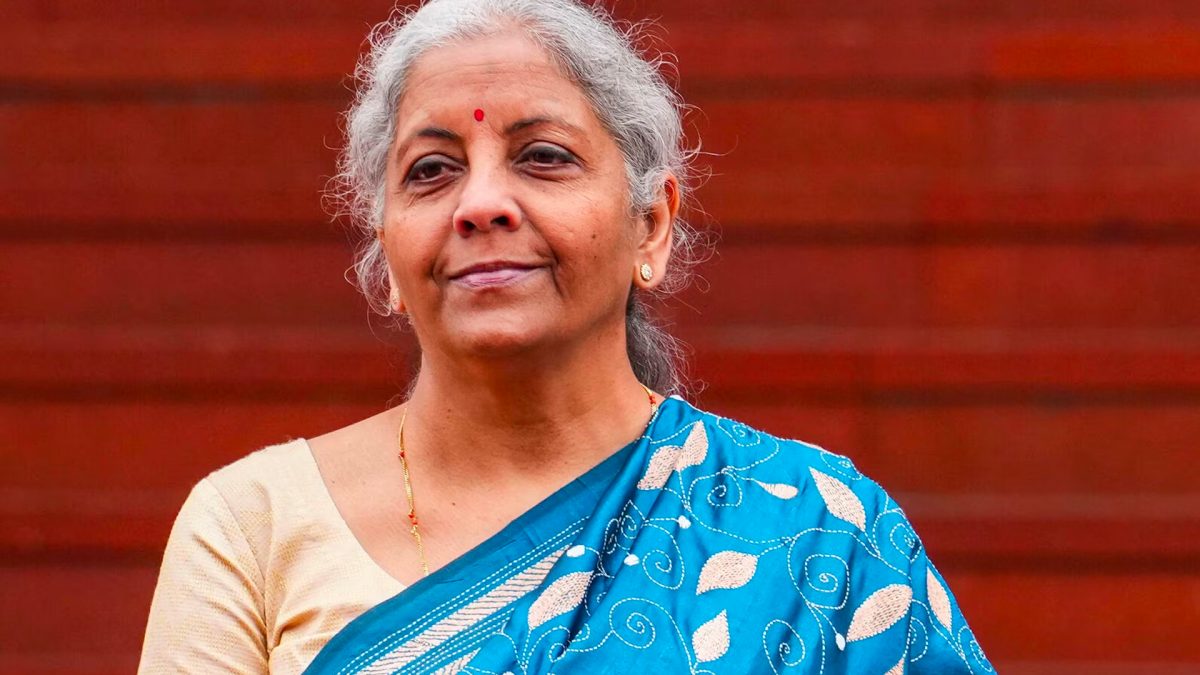ATMs will dispense a maximum Rs 4,500 per day per account holder beginning 1 January, said a circular from the Reserve Bank of India (RBI) on Friday . Friday marked the end of the 50-day period Prime Minister Narendra Modi promised he will take to bring back normalcy after the demonetisation of Rs 500 and Rs 1000 notes on 9 November. Earlier, daily limit was Rs 2,500 per day. An enhanced limit is a relief for citizens and will help to shorten queues further, but only in areas where ATMs are dispensing cash.
The problem is only a third of the total ATMs in the country (around 2 lakh) are dispensing cash and most of them are in urban centres with the periphery areas continuing to run dry, according to reports (read here and here ). In other words, the enhanced ATM withdrawal limits would not help the people in non-metros much.
Banks are unable to fill their ATMs on account of an acute cash shortage, especially lower denomination notes that is persisting even after 50 days of demonetisation and the situation is unlikely to get better soon, said a few bankers this writer spoke to.
“We are looking at February-March before things become normal,” said one of the bankers. This is the reason banks have asked the government to extend the curbs on cash withdrawals beyond 30 December till the time there is adequate quantity of new currency infused in the banking system. Ultimately, it is the banker who has to face the angry customer.
The RBI has retained the weekly cash withdrawal limit of Rs 24,000. But, the problem is that banks are unable to honor even that amount and the customer is forced to often settle for what is available at the moment at the bank counter. Of course, this situation will ease further in the weeks ahead, but much depends on the ability of government mints to churn out sufficient units of new currency. Until 19 December, the RBI has infused Rs 5.92 lakh crore of currencies into the system, which is less than half of what the public has deposited in the form of invalidated notes (Rs 12.44 lakh crore as on 10 December).
On Friday, PM Modi launched a new payment app, BHIM, that allows anyone to transfer money to any bank accounts. The PM stressed on the need to embrace cashless payment modes at the earliest and elaborated on the incentives government planning to encourage individuals and merchants using electronic payment modes. A change into cashless economy is indeed good in an aspiring economy and government initiatives, such as UPI-supported BHIM app, are helpful to facilitate such a migration.
But, Modi’s immediate challenge remains to 1) normalise the cash situation in the economy; and 2) give a convincing cost-benefit analysis of the demonetisation exercise to 125 crore Indians. Modi has a major task of justifying his act that has pushed the economy into an economic standstill and has caused gross inconvenience to a large number of the population due to the lack of preparedness of the government to implement the currency swap.
When PM address the nation on the New Year Eve, there are questions he’ll need to answer on how did the note ban help the country to achieve the originally stated goals – black money, fake currency, corruption and terror funding. Also, most critically, the general public would expect clarity from the PM on when the cash crunch will end. The 50 days the PM sought has, for sure, eased the pain to an extent, but has not ended the cash crunch.
Another question the PM owes answer is clarity on the political funding. Though his government has repeatedly assured that rules will be same for all, there is lack of clarity on political funding since the government also says that provisions of existing laws will continue.
This would means that political parties will enjoy certain immunity from tax scrutiny since cash donations below Rs 20,000 do not require the source to be revealed. Can Modi score a point by stating that the government will work towards the necessary changes in laws to make all political donations through digital mode? If yes, that’ll be much bigger catalyst in the process of creating a cashless economy than announcing lucky draws.
For now, when the PM addresses the nation on the eve of new year, the big question common man probably would want to ask the PM is how long the current cash shortage will continue.


)




)
)
)
)
)
)
)
)